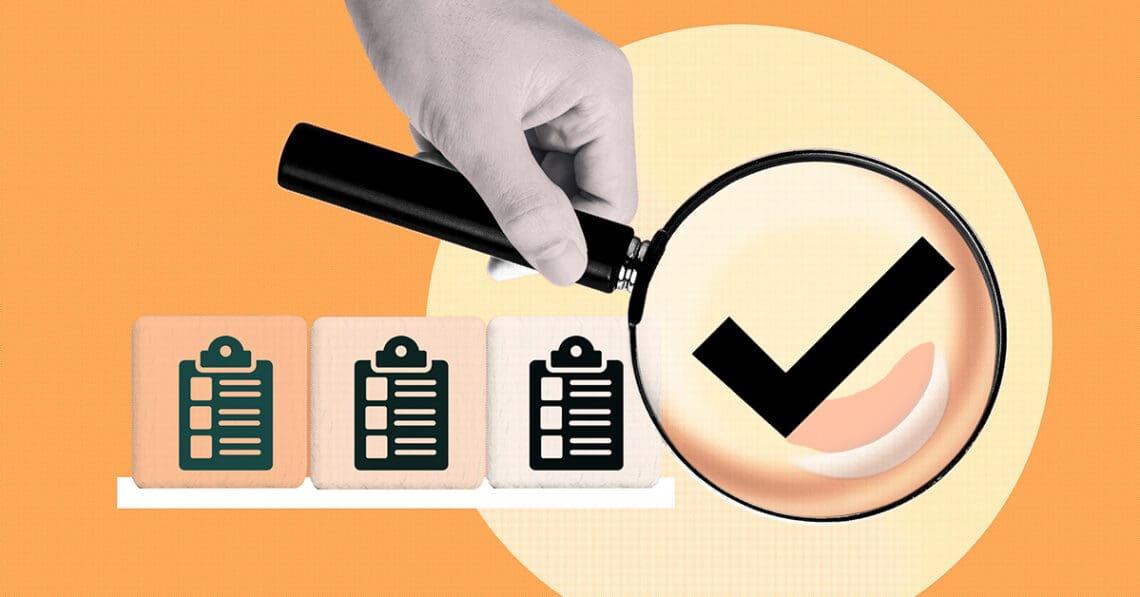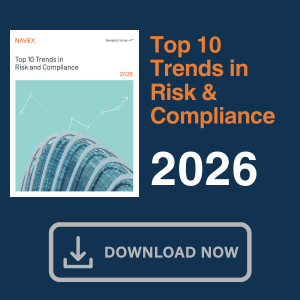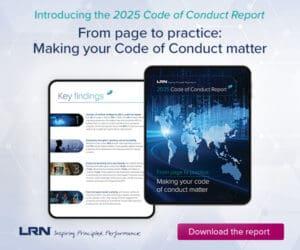Employee benefit plan audits involve numerous moving parts that extend well beyond meeting filing deadlines, requiring coordinated efforts among HR, accounting, legal counsel and third-party administrators. The complexity of ensuring ERISA compliance and verifying participant eligibility demands that HR professionals often wear multiple hats throughout the process. Brittany Carrier of UHY Advisors outlines how human resources departments can contribute to more efficient audits through systematic preparation and post-audit process improvements.
The initial deadline to complete an audit as required for the filing of the Form 5500 annual return/report of employee benefit plan is approaching — July 31 — for companies with calendar year-end plans. Employers needing more time can request an extension to Oct. 15 by filing IRS Form 5558.
Employee benefit plan (EBP) audits should not be taken lightly or viewed as unnecessary. Planning for an EBP audit should begin months in advance of any deadlines to ensure the audit is completed on time and the plan avoids any penalties for late filing. In order to ensure an efficient, effective and timely audit is conducted, there are a handful of critical items that employers and their plan administrators need to assemble and have available to their auditors.
Benefit adviser ‘must-knows’
When a plan administrator conducts an employee benefit plan audit, they should focus on several key aspects to ensure compliance, accuracy and completeness. This includes ensuring ERISA compliance, verifying timely and accurate filings with the IRS and Department of Labor (DOL) and reviewing plan documents to ensure they are up-to-date. Advisers should also confirm that all plan amendments are properly documented, verify participant eligibility and ensure accurate calculations and timely deposits of contributions. Reviewing financial statements for accuracy, ensuring benefit payments are correctly calculated and assessing the effectiveness of internal controls over plan operations are also crucial.
Contracts with third-party service providers should be reviewed for compliance, and participant communications should be timely and accurate. Additionally, there should be a clear audit timeline and a process for establishing corrective actions. Fiduciaries must be adequately trained and free from conflicts of interest. By focusing on these areas, plan administrators can conduct thorough and effective audits, ensuring employee benefit plans remain compliant, accurate and beneficial for all participants.
Audits should not be left to one department
In addition to a litany of other responsibilities, leaders may view an employee benefit plan audit as something they can simply delegate to one department or person to handle and then check the task off their to-do list. This mindset exposes the company and its leaders to potential liability, as those involved in the oversight of the plan have a fiduciary obligation to ensure the plan is operating in accordance with laws and regulations. Completing an EBP audit is a team effort and requires collaboration among multiple departments to ensure all information is available to the auditor.
The role of HR
An EBP audit will involve many parties. HR professionals play a central role in the EBP audit process, working alongside accounting teams, plan administrators, actuaries, third-party administrators, ERISA legal counsel, investment trustees and the independent auditor.
There are many moving parts in the audit process, and each one may look a bit different from company to company, including the specific roles that each department plays; but no matter how it gets done, all EBP audits are subject to the same standards from ERISA and the DOL.
Human resources professionals may be asked to wear multiple hats and could be responsible for executing various responsibilities within an EBP audit. HR professionals can significantly contribute to a more efficient and effective audit process.
Gathering and preparing documentation
The human resources department may be responsible for preparing and providing necessary documentation related to employee benefits, including plan documents, amendments, participant records and other relevant information. These documents will be essential to the completion of the audit.
Early Cases Shape New Era in Workplace Pregnancy Accommodation
From delayed breaks to denied transfers, missteps can carry hefty penalties
Read moreDetailsLiaison between auditors and the company
Another critical role for human resources professionals will be facilitating timely communication between the auditor(s), the organization and other stakeholders like third-party administrators or service providers. They will be the internal link to make sure that auditors receive the information they require from internal teams as well as external partners.
Data verification
Human resources professionals are often responsible for the bulk of employee data, including benefits eligibility, contributions and distributions. One of their most important responsibilities is to ensure the data is accurate and complete. This may involve verifying personnel records, contribution records and distribution records.
Compliance assurance support
While compliance assurance will likely not be left solely to the human resources department, they will have to assist in the process of ensuring that the organization is in compliance with applicable laws, regulations and the provisions of the plan documents. The department may also be asked to explain the internal control environment and protocols as it relates to employee benefit plans.
After the audit
Addressing audit findings
After the audit, human resources may play a role in addressing any findings or recommendations made by the auditors. This could include making necessary corrections, amending plan procedures or improving internal controls to ensure better compliance and accuracy going forward.
Education and training of relevant personnel
Human resources professionals may be asked to educate and train personnel on the provisions of the benefit plans, regulatory requirements and best practices. It’s also advisable for human resources to be aware of any changes in the regulatory environment that might affect employee benefit plans and the audit process, in both the current year as well as future years.
Maintaining historical records
Once the audit is completed, one of the most helpful tasks for human resources professionals would be to maintain organized, accurate and accessible historical records related to employee benefit plans.
Process improvement
Based on the audit, the human resources department can make recommendations to improve the processes and systems involved in employee benefit plan administration. With their guidance, they could help to minimize errors, ensure compliance and improve efficiency, facilitating a smoother process for future audits.
By actively engaging in these functions, the human resources department can significantly contribute to a more efficient and effective audit process, ensuring that the organization’s employee benefit plans are compliant, well-administered and accurately reported.




 Brittany Carrier is a principal at UHY Advisors in Albany, N.Y. She has a decade of experience providing audit, accounting and business services. She has significant knowledge in many industries and across multiple practices, specializing specifically in the employee benefit field industry.
Brittany Carrier is a principal at UHY Advisors in Albany, N.Y. She has a decade of experience providing audit, accounting and business services. She has significant knowledge in many industries and across multiple practices, specializing specifically in the employee benefit field industry. 






